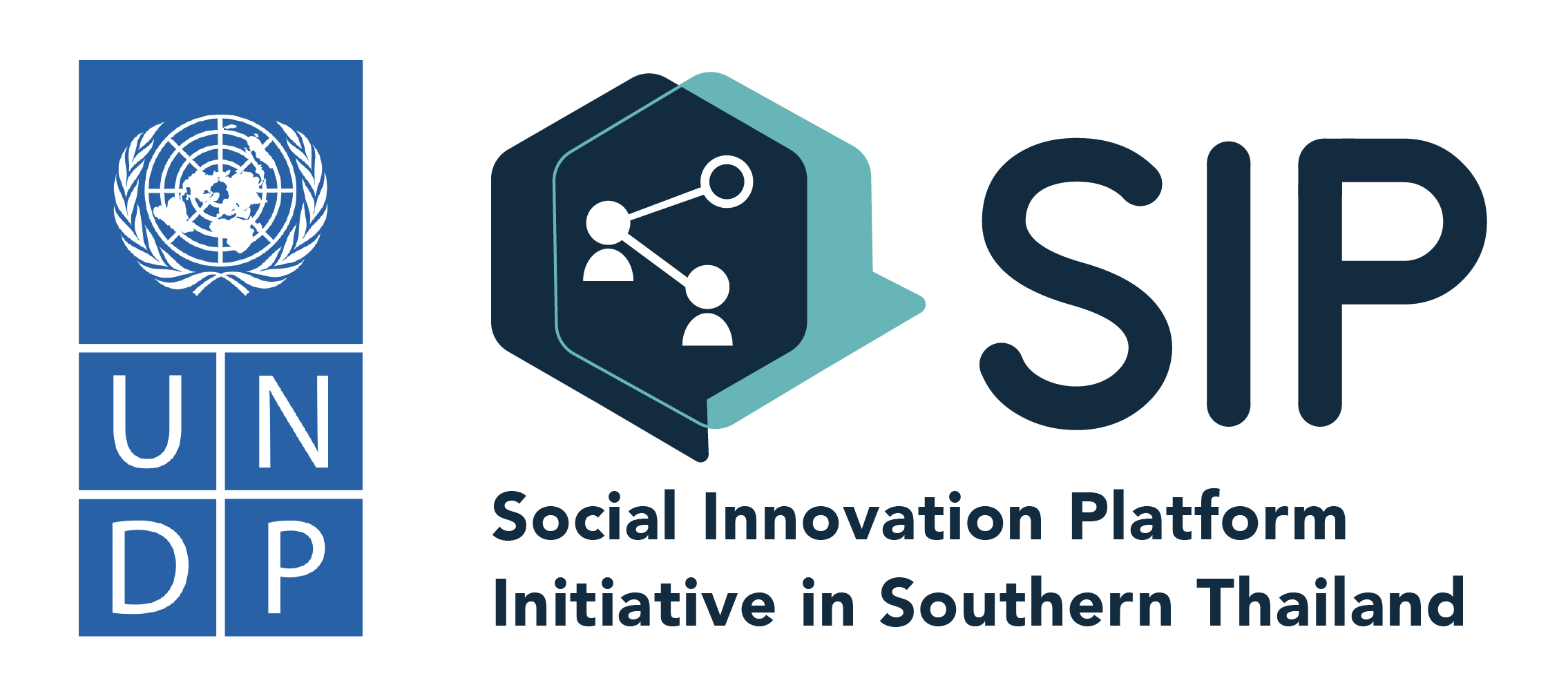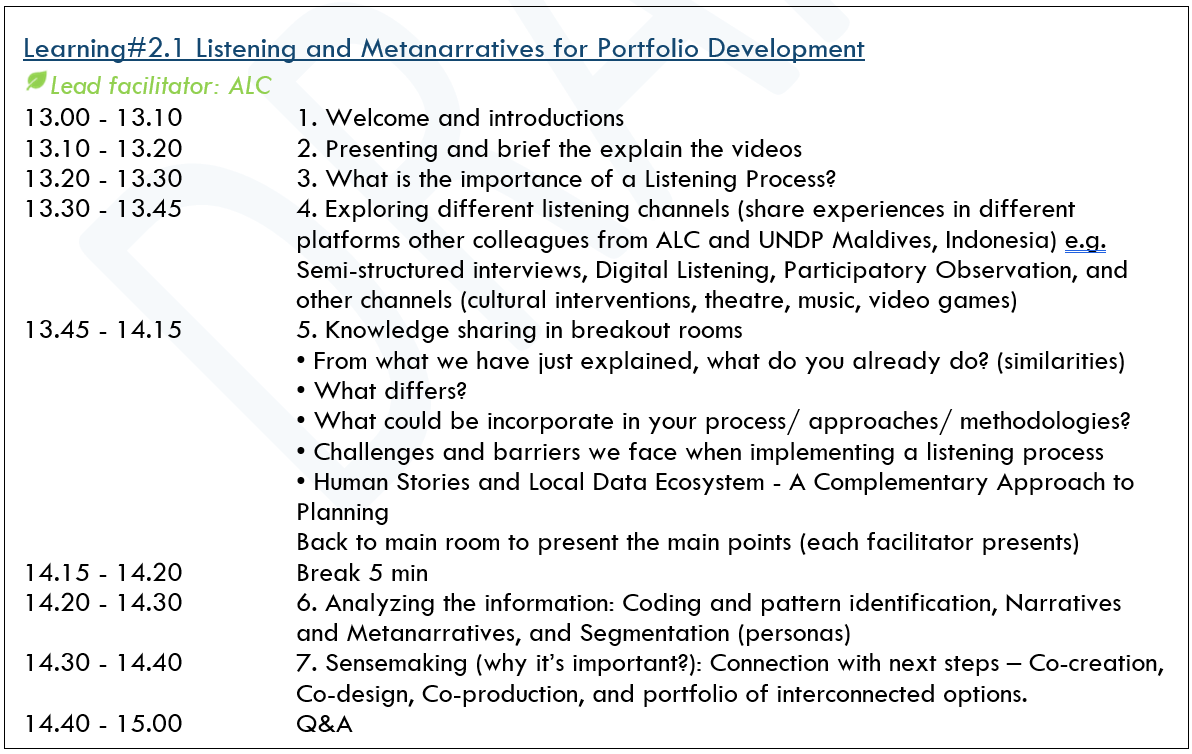Product Description
Lesson Description:
In order to tackle challenges that are increasingly complex, interrelated, and unpredictable, social innovation can be used to solve today’s most pressing human rights and social issues. Also, social innovation address challenges and opportunities within communities and, in many ways, favor inclusion of the most vulnerable and marginalized as well as providing a platform for voice and economic participation for those who left behind.
Shifting from single-point solutions and linear projects to an open innovation platform (variety of actors, methodologies, and interconnected actions) that is holistically framed by the principle of SDGs integration, UNDP in Thailand and Asia and Pacific Regional Hub in collaboration with Agirre Lehendakaria Center for Social and Political Studies is promoting a platform focused on transforming local food systems through a portfolio approach, with multi-stakeholders partnerships in and around local food systems in the southern border provinces including local authorities, local academic institutions, young creative groups, local incubators, schools, farmers, food entrepreneurs, consumers, local business associations, and market managers.
This portfolio of innovative solutions is developed under a process of “Social Innovation Platform (SIP)” which emphasizes deep listening, co-creation, and inter-linkages as essential steps in the journey of breaking the silos, building the partnerships, and leveraging collective impacts. The interconnected nature of food systems offers an opportunity to demonstrate the importance of integration for systemic changes that also contribute to the achievement of the Sustainable Development Goals.
Listening process:
Active listening or deep listening is a pivotal skill that all ethnographic researchers and design thinkers use to comprehend people, their context and people in their context. It is a set of qualitative tools that, complemented with quantitative data, allows to unveil the narratives of a community and reveal in-depth needs, challenges and opportunities existing in it:
It involves an open attitude.
It allows the emergence of a true understanding of the community’s reality.
It is in connection with co-creation and prototyping: the needs and opportunities of the community are known, and these discoveries are connected to co-creation and prototyping. “The goal of this listening methodology is, not only to collect data and perform analysis to obtain a set of results (…), but also to contribute to change through the application of the methods in question.” (Jayne Engle, 2018.)
For a social transformation, it is essential to know the narratives and take them into account for the design and implementation of actions. Knowing and working with these narratives helps us to build common narratives that favor collective action.
Narratives:
These are the perceptions that people and the community have about their own lives.
They are subjective.
They do not necessarily coincide or correspond to the ideas that people have about reality.
They have a determining influence on actions aimed at change.
We are ultimately aiming at covering all the existing complex narratives, segmenting their unified patterns to visualize a portfolio of actions at different scales that is connected to the real needs of the communities.
Facilitator: Fernanda Barros from The Agirre Lehendakaria Center (ALC)
Key Summary:
Listening process is the first step of the co-creation. We should focus on opportunities and challenges in terms of both quantitative and qualitative aspects. Interviews will be conducted for analysis and update of data from narratives. Key component of the listening process is conversation. Diversity of interlocutors is a must regarding economy, gender, and age. For example, in case of local communities or migrants, we need to consider about related or non-related persons. Snowball sampling must be conducted by preparing a set of questions as guide for conversation which language must be adapted to be consistent with interlocutors. Qualitative and quantitative data must be gathered as statistics. Furthermore, report from units under different levels must be complemented for analysis. Lastly, the most important thing is making understanding with stakeholders.
Examples of listening channels are shown in communities and digital channels. In Pakistan, the listening takes in-depth data into account. Then, the data will be used for co-designing and prototyping. During the prototyping, repeated narratives will be considered, revised and analyzed impacts.
Digital narrative analysis is another tool to analyze different issues and consider underlying context. The other tool is participatory observation that fieldwork team is deployed to observe reactions of interviewees and communities such as a team observes a morning market and finds that nobody buys fresh fish, while everyone buys frozen fish; then the team will discuss with sellers about that. The answer might be because frozen fish is cheaper. After that, the findings will be recorded. This is one of the observation tools. For another example, when we are in protest area or unrest area, we should observe the city, environment, protest signs, situation and message of such community, same as using platforms to share opinions.
Mr. Hassan Rasheed from Maldives is a colleague of Ms. Fernanda. He creates the stakeholder mapping considering the people in the small and big islands across the country. After that, he sets timeline to collect data as much as possible. 20 islands are selected based on livelihood, number of populations, location of islands (rural or urban). Key activities are test and questionnaire which improve operations to be suitable with each island. Then, the team interviews companies, entrepreneurs, unemployed persons, drug addicted persons, migrant workers, males, females, different sectors such as fishery, agriculture, tourism, service as well as new generation, regardless of challenges from Omicron variant.
Ms. Fathimah Lafah who conducts interviews shares that besides listening to narratives from interviews, we have to observe special events related to livelihood. Then, we need to have debrief and analyze data. Moreover, we need to revise questions to be consistent findings as to dig data deeper and cover more aspects to truly understand the situation.
The participants share about the 3 southern border provinces. Listening process in the communities are still rough, since the tool has not been fully utilized. Interviewers use only prepared questions without making understanding in the context of the communities. Even they meet local people, they cannot fully collect data. Another gap is the interviewers do not observe perceptions of the communities regarding management of specific issues. They should know how to use the listening tool to truly understand perceptions of related persons which will acknowledge facts of the situation without creating conflict in the area.
Then, Ms. Fernanda mentions about a following process after the co-creation which is finding a pattern from the interviews. We have to categorize data, specify frequency and find root cause by using the iceberg model. We need to know underlying issue under mindset level and contrast data. Then, we will have metanarratives to contrast findings and analyze correlation. After that, we consider appropriateness of such materials, and use personas to represent perceptions in order to find mutual challenges. These processes will enable us to know how to achieve transformation. Then, we arrange the sensemaking session that can be conducted in the area or via hybrid method or online channel. Contrast session is required as well to know gaps and how to make next steps as well as acknowledging unpleasant actions that we should avoid.
เอกสารประกอบการอบรม “การฟังและวิเคราะห์เรื่องเล่าที่ซ้อนอยู่เพื่อพัฒนานวัตกรรมทางสังคม”


